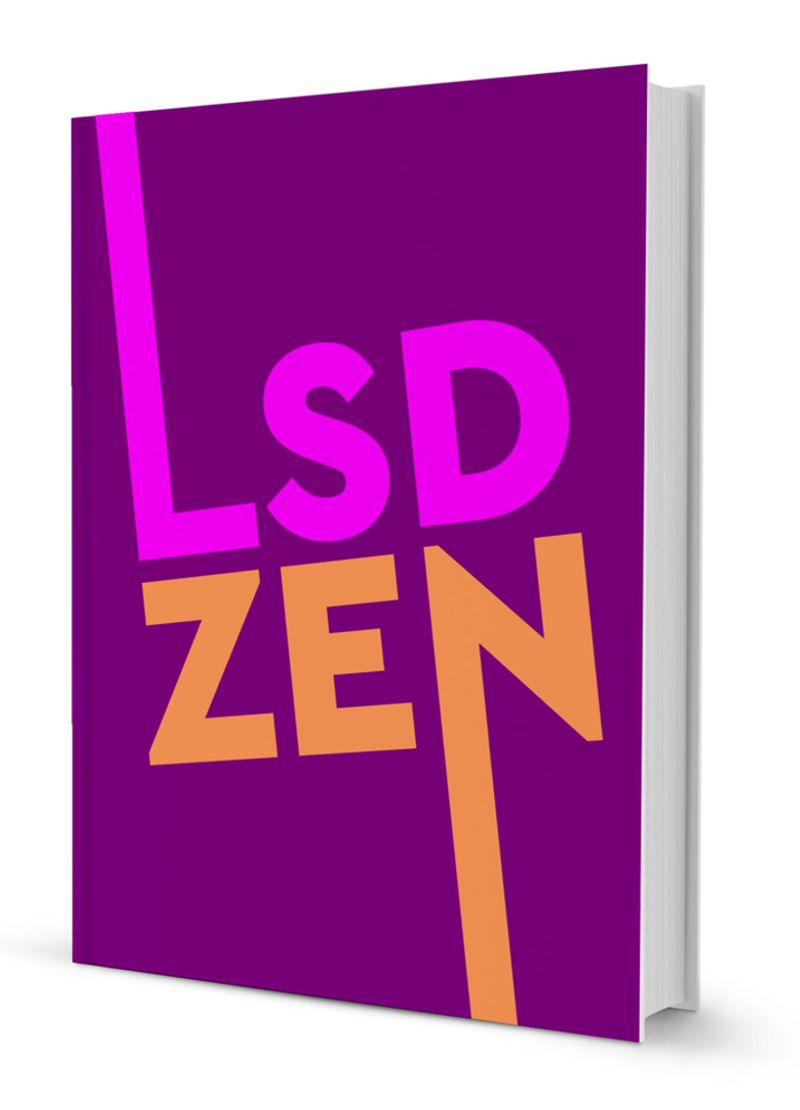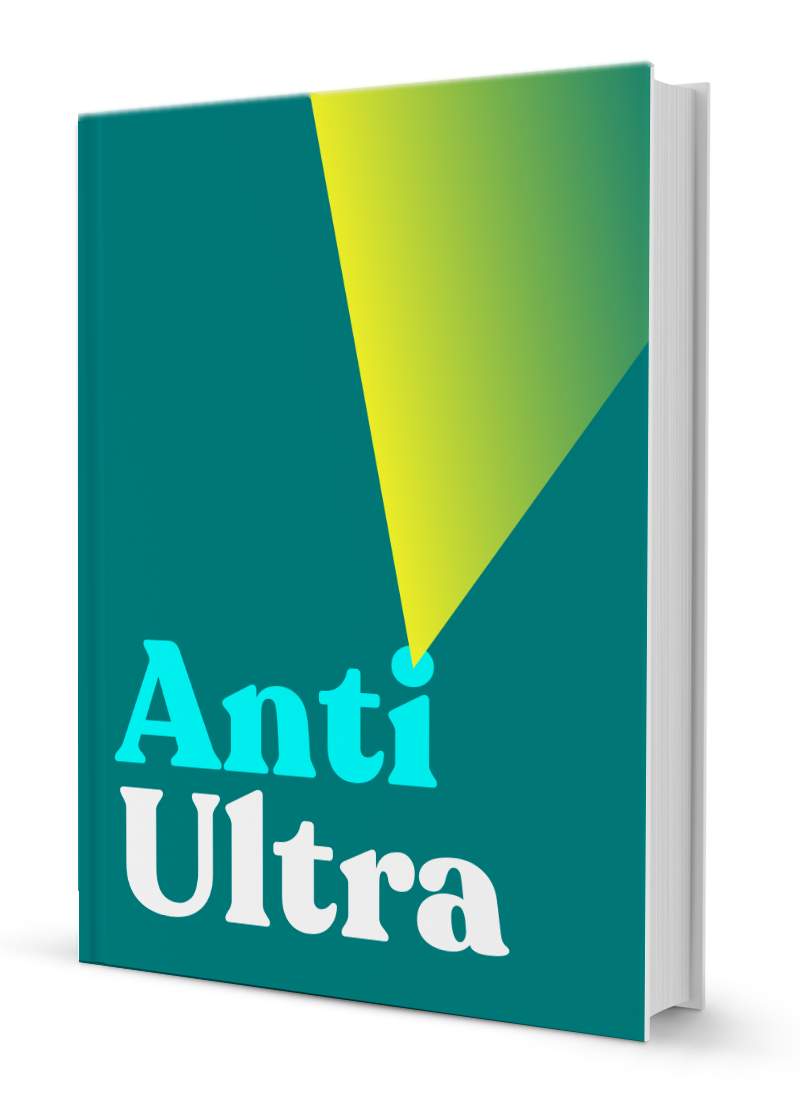LSD and Chromosomes
By Alfred M. Prince, 1967
Some Comments on the Recent Report of Chromosome Damage Induced by LSD: Crucial to a resolution of the controversy between the proponents and the opponents of 'lay' use of LSD and similar psychedelic drugs, is the question as to whether these agents induce lasting organic damage. Despite claims to the contrary, to date no convincing evidence has been brought forward to indicate the existence of a clearcut residual physical effect following the use of these drugs.
It was therefore of the greatest interest, but also of widespread concern in the psychedelic community, when M. M. Cohen and his co-workers reported, in the March 17, 1967, issue of
Science, that LSD induces an increased frequency of chromosome breakage.
Widespread interest in this finding was apparent. The conclusions of the author, though alas not the supporting data, were made available to the lay audience and to physicians through Time magazine,
The New York Times, and
Medical World News.
In the light of this wide interest and the many conclusions which may perhaps too hastily be drawn from this work, careful examination of the data presented appears warranted. Let us begin by admitting that, as in the case of all scientific reports, the final evaluation will be made on the basis of repetition, or lack of repetition of the findings presented, by other unbiased laboratories. Thus no firm conclusions can be drawn at this time, regardless of the apparent strength or weakness of the data presented.
Alfred M. Prince
Nevertheless, let us examine some of the details: In reading the reports of this work presented to the public, one is immediately disturbed by one sentence which appears prominently in both the New York Times and the Medical World News reports:
"Our rationale was to show that LSD isn't as innocuous as people believe."
I believe that it is not unfair to point out that such evidence of bias on the part of a scientific investigator tends to cast some doubt on the objectivity of his observations. What was actually found? Cohen
et al. studied the leucocytes of two "healthy" donors. These were put into short term tissue culture containing varying amounts of LSD. After 4, 24, and 48 hours, cultures were harvested and examined by standard methods to determine the frequency of broken chromosomes.
The doses of LSD employed were large: they varied between 0.001 micrograms per milliliter of fluid and 10 micrograms per ml, in 10 fold increments. It is of some importance to realize that the quantity injected by most users, say 100 micrograms, corresponds to a dose of about 0.002 micrograms per gram of body-weight. Due to the rapid degradation of LSD by the body, the amount present, averaged over the time during which it remains in the body, may be very much less than this.
Furthermore, degradation of the drug may be much slower in tissue culture due to the absence of detoxifying organs, such as the liver. This would tend to increase differences between doses which are present in vivo and the doses employed by Cohen et al. in vitro.
An apparently increased frequency of chromosome breakage was observed in treated cultures. This varied between 6.7% and 36.8% in cells exposed to LSD as compared to a frequency of chromatid breaks of 3.7% in control cultures. This would appear to represent a marked and significant increase. However, there are some disturbing features apparent in the data.
First, there is surprisingly no consistent effect of dose on frequency of breaks (despite the author's statement to the contrary). For example, when cultures were harvested at four hours, the highest frequency of breaks was observed with 10 micrograms per ml; with cultures harvested at 24 hours, the highest frequency was with the dose of 1 microgram; and when cultures were harvested at 48 hours, the highest frequency was with a dose of 0.001 micrograms.
That this might be a significant trend appears questionable since plotting of the tabulated data reveals the dose response curves to be very irregular, suggesting a high degree of random experimental variability. For example, the following are the observed frequencies of breaks for ten fold increases of dose with cultures harvested after 24 hours: 21.6%, 16%, 19%, 36.8%, 11%.
The authors also report studies on one schizophrenic patient whose leucocytes were studied eight months following a series of treatments in which LSD-25 was employed. A chromosome breakage rate of 12% was observed. This is again compared to the 3.7% control breakage rate of "normal" cultures used above.
The use of a single control figure in all of the above studies would appear highly questionable. Experimental cultures were harvested at different times after being placed in culture. This is an important variable since it is known that the frequency of breaks increases with time in culture in both treated and control leucocytes. When were the control cultures used for the 3.7% figure harvested? We are not told.
It is stated that the control figure is derived from a total of six individuals. When were these experiments carried out? Under what conditions? It would obviously be more meaningful if simutaneous controls had been used, and if the statistics of variation in breakage rates of control cultures had been determined.
THE SIGNIFICANCE OF CHROMOSOME BREAKAGE
Chromosome breakage very early in embryonic life can give rise to serious developmental anomalies, i.e., Mongolism and many other congenital defects. The significance of chromosome breakage in adults is less clear. A suspicion exists that it may give rise to some forms of cancer. This is, however, not clearly established. It may lead to cell death, but this need not be harmful as most cells can be replaced.
It is of some interest that the live measles vaccine, currently being widely promoted by public health authorities, has been shown by Nichols and Levan to result in a very high frequency of
chromosome breaks several days after administration. This phenomenon is also observed during 'natural' measles infection. A number of viruses have this property. Thus if LSD were to be proscribed on the basis of induction of chromosome breaks, one might question the rationale behind the continued enthusiastic support of the live measles vaccine.
In summary, l believe that one must conclude that the study reported by Cohen
et al. is not subject to clear interpretation at the present time. Certainly it would appear hazardous to conclude that LSD has a deleterious effect on chromosomes. However, the data do constitute a warning. Further work will have to be done. In the meantime, it would be wise for women in the first trimester of pregnancy to refrain from exposure to this, and of course most other, drugs.
Download Our Free Psychedelic Healing Books






